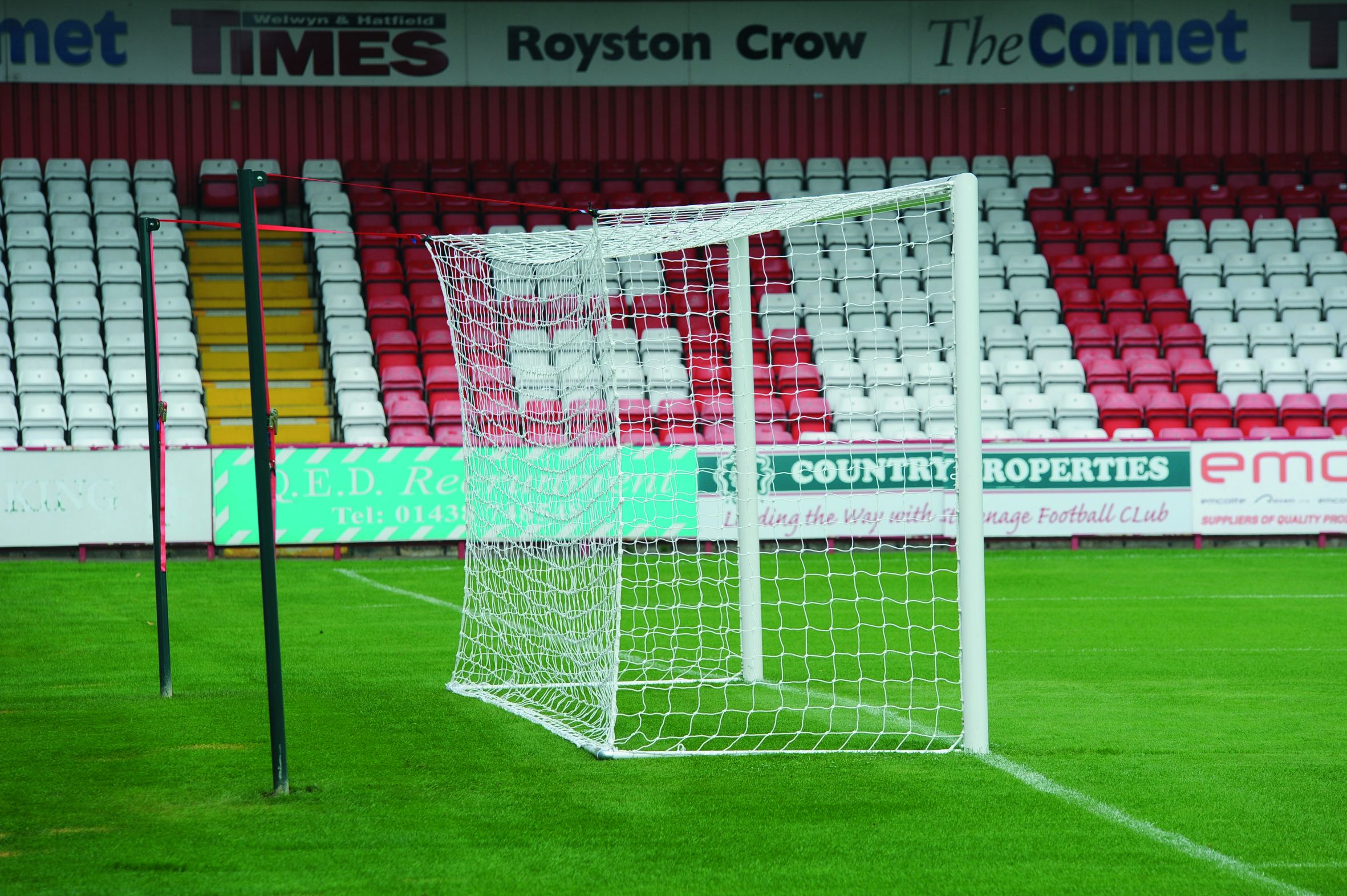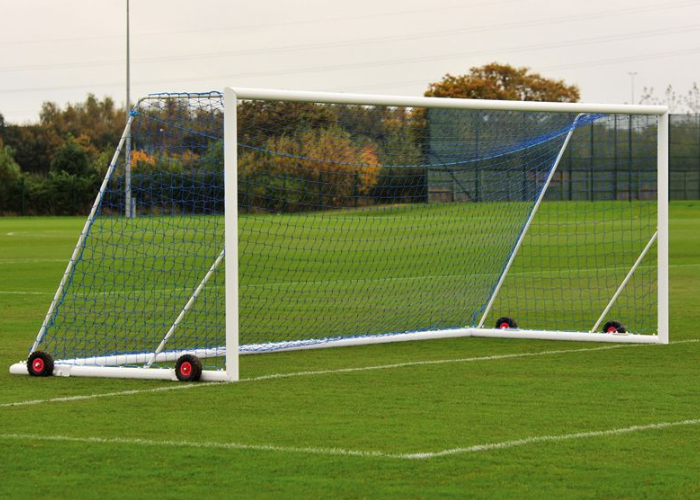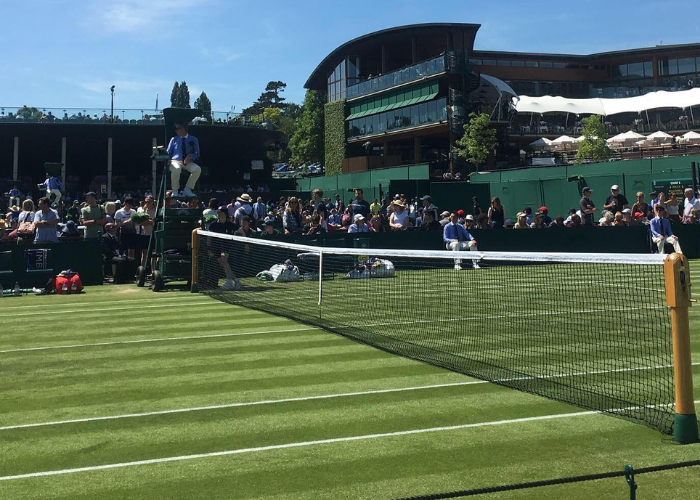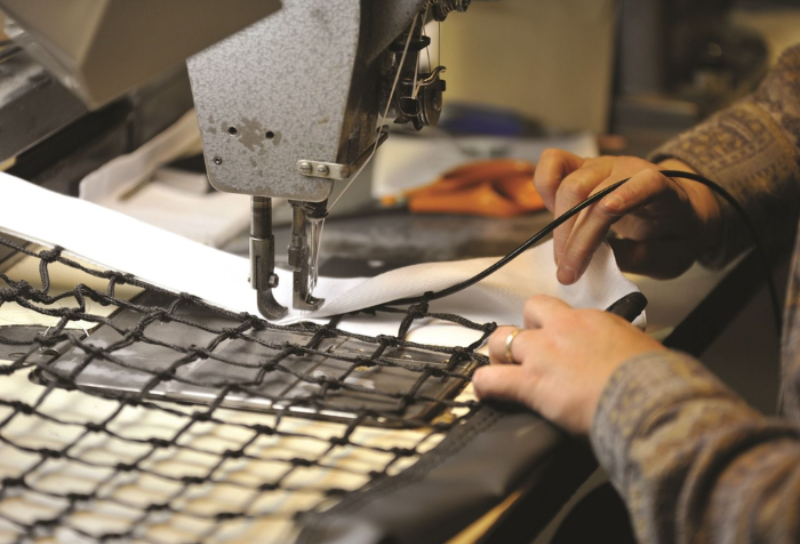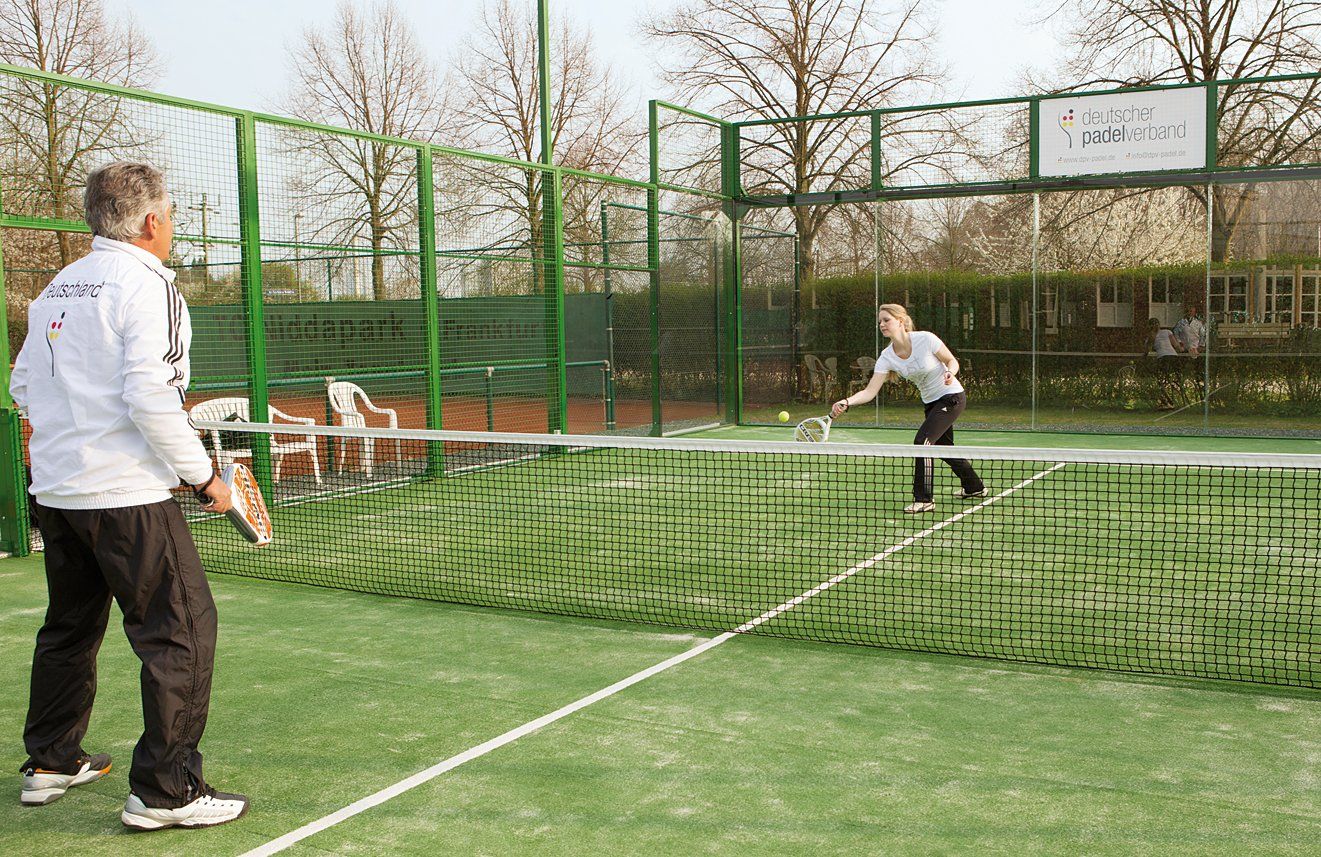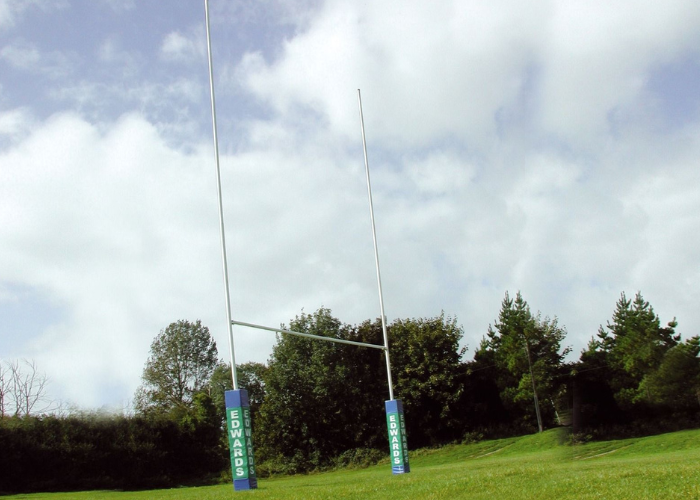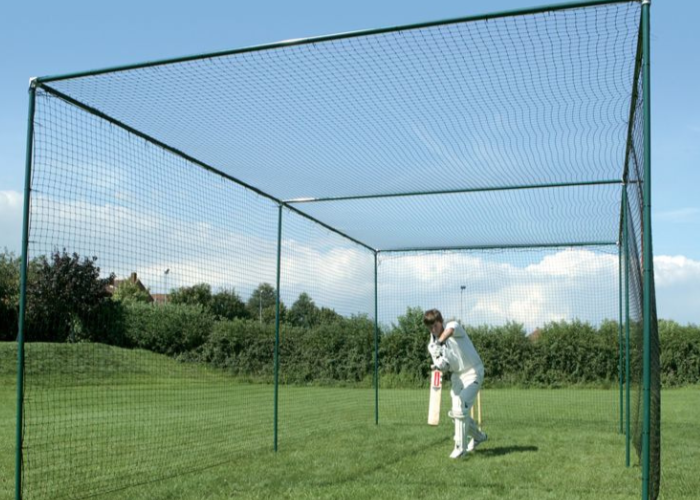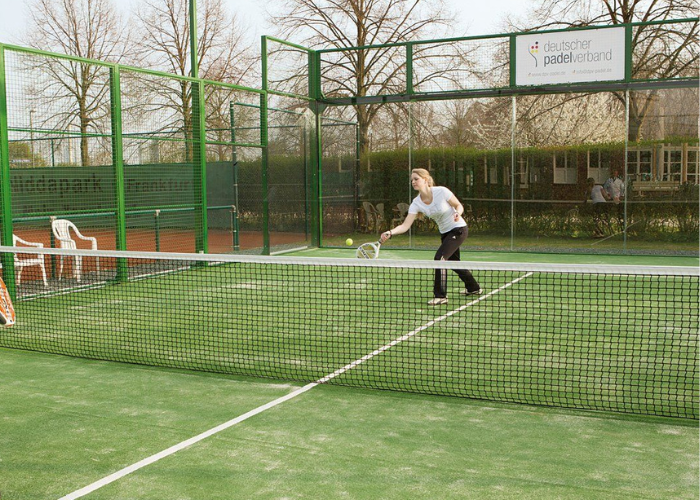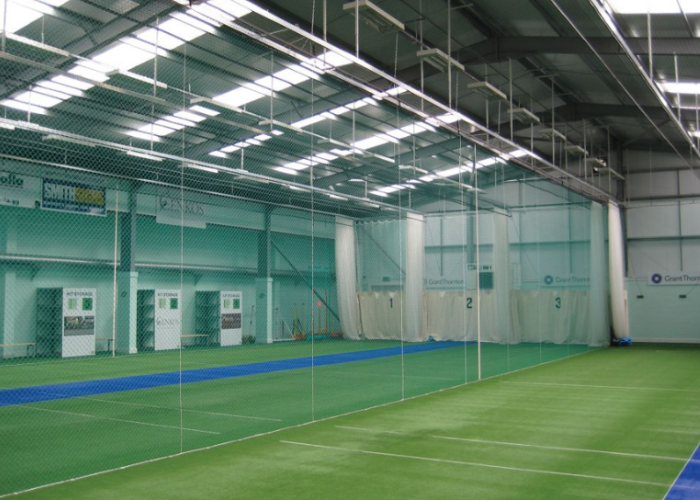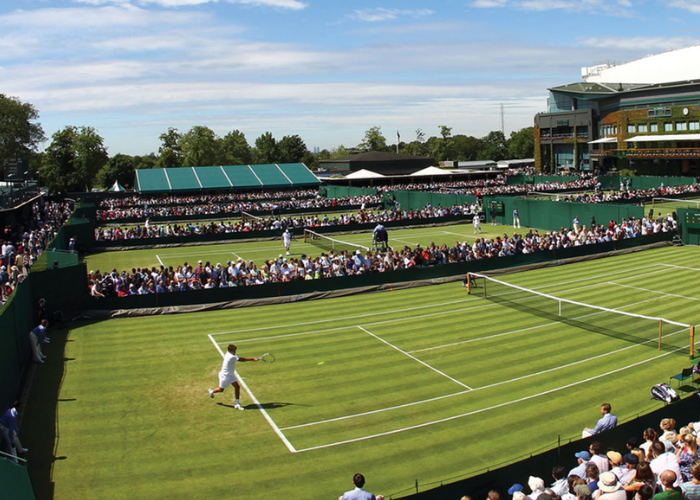We use cookies to make your experience better. To comply with the new e-Privacy directive, we need to ask for your consent to set the cookies. Learn more.
Double vs Single Courts: Choosing the Right Option
- Admin
- Blog Posts
- 27 Apr 2022
-
81views
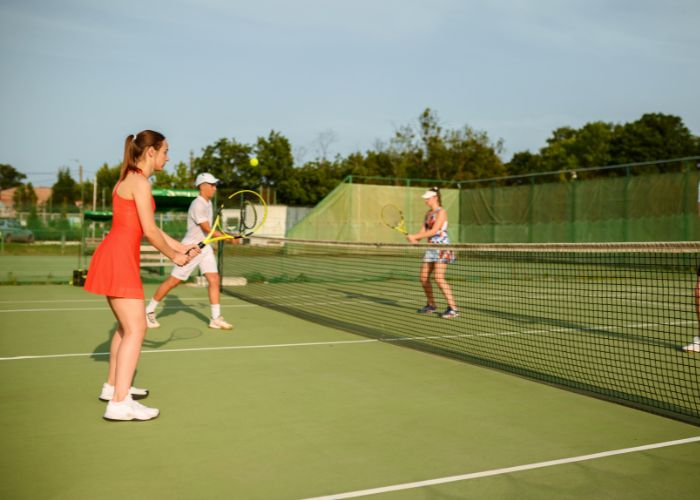
Double vs Single Courts: What's The Difference?
Tennis was traditionally a game played by the upper echelons of society. However, somewhere along the way, pressure began to mount to make tennis more accessible, and so major tournaments were opened up to both professional and amateur players.
Tennis is an incredibly popular sport, and there is a lot to learn, especially in terms of the court itself. One of the biggest questions for amateurs is whether to opt for a single or a double court, and the truth is that there are several factors at play, so let's get into it.
Singles
In all honesty, singles tennis is the more common of the two, which also means that it is the most popular among spectators.
That being said, a standard court has some features which are not utilised by the singles game. The outermost boundary line is called the doubles sideline, and so it is not used during the singles game or on a singles court.
A singles court often only uses the surface inside of the singles sideline and the baseline. Each player serves from their baseline into the opposition's service box. To put it simply, a singles court is smaller; the players only use the interior boxes.
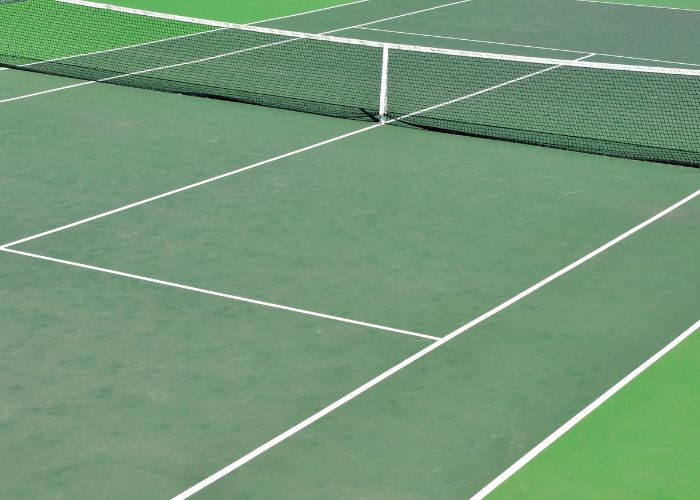
Image by ©ruigsantos (from Getty Images) via Canva.com
Doubles
When it comes to a doubles game or court, there are a few key differences. Although the players are expected to serve in the same way, from the same point and still into the service boxes.
However, after that, any space within the baseline and the doubles sideline can be used. Essentially, a doubles court is the same as a single but bigger. While it is entirely possible to get a singles court, most tennis courts are painted for both to allow the user the choice.
The Dimensions of a Tennis Court
The dimensions of a tennis court tend to remain consistent. A standard tennis court is seventy-eight feet in length. A singles court is twenty-seven feet wide, while a doubles court is thirty-six feet wide.
The service line remains the same regardless of whether the court is a doubles or a singles court; it is always twenty-one feet from the net. The total playing area of a doubles court is around 260.87 metres squared. A singles total playing area is 195.65 metres squared.
Tennis courts do adhere to a standard size; that being said, there can be a few minor discrepancies. When it comes to building a tennis court for personal or recreational use, then there is far more leeway because it can be built to your specifications as opposed to the professional standard. A personal tennis court can be any size.
Tennis Court Terms
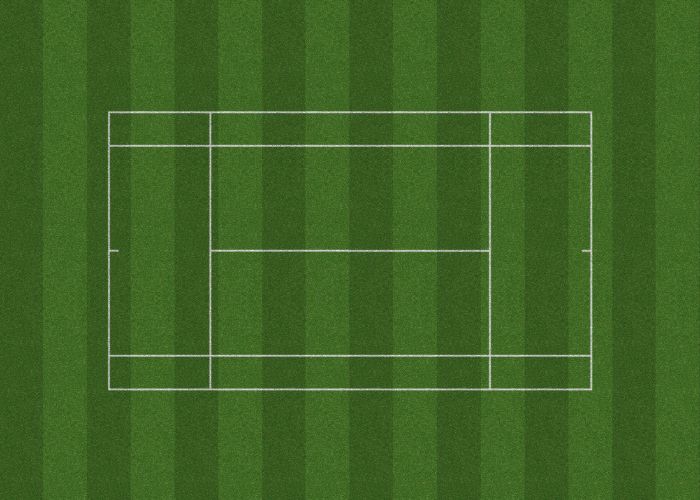
Featured Image by ©allanswart (from Getty Images) via Canva.com
There are several features of a tennis court that you should be aware of.
These features make up the court. Firstly, there is the baseline; each point begins with the players starting just behind the baseline regardless of who is serving. In truth, most modern players spend an awful lot of their playing time around the baseline.
Next, there is the singles sideline. As mentioned above, this is the outermost boundary of the singles court. The singles sideline is where the players aim their serves to draw their opponents out wide. The doubles sideline serves the same purpose but for a doubles court. The doubles tramline marks out the additional space that doubles players have to play within.
The net is obviously pretty self-explanatory. The net divides the court in half, and it can be adjusted depending on whether you are playing on a doubles or singles court. The net is approached to play volleys. The net is secured by poles or posts. The centre service line is a marker that is used to divide the court.
The service box is used by the players when serving the ball. A player must place the ball inside their opponent's service box. The game begins with a serve to the left of the service box; each serve after that alternates between different sides of the service box until the game is over.
The service line, on the other hand, acts as a boundary. The ball must land on or inside of the service line in order to be called in. Finally, when serving the ball, players are required to stand just behind the baseline centre mark, which is a small centre marking. Professional players tend to spend a lot of time on this mark because it ensures that they are in a prime position to return the ball.
Explore Our Tennis Equipment
In Conclusion
Most tennis courts are designed to allow the user to choose between playing either a doubles or a singles match; they have both markings. To that end, it is not always necessary to choose between the two.
However, if you are committing to one form of the game over the other, then you may want to choose a court that serves that purpose, although most players prefer to have the option. Either way, when it comes to sports products like tennis posts or court supplies you should check out the products we offer at Edwards Sports.
Featured Image by ©nomadsoulphotos via Canva.com








